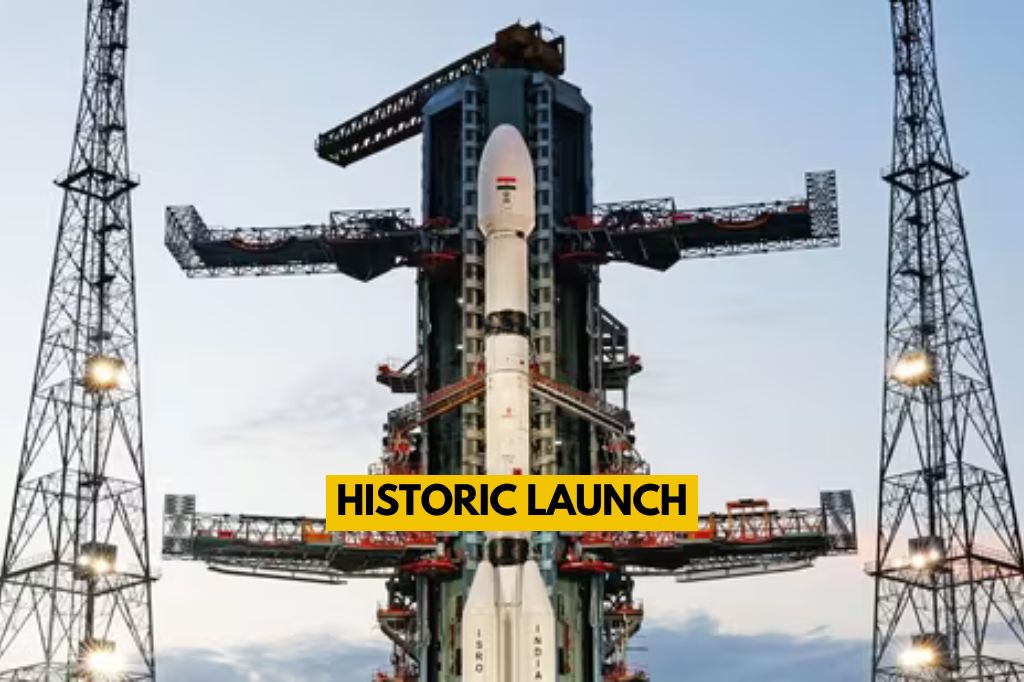In a landmark move strengthening Indo-US collaboration in space exploration, the Indian Space Research Organisation (ISRO) on Wednesday, July 30, successfully launched an advanced Earth observation satellite, developed jointly with NASA. The satellite, named NISAR (NASA-ISRO Synthetic Aperture Radar), represents years of scientific cooperation and technological exchange between the two space agencies. Designed to study Earth’s surface with high precision, NISAR will operate from a Sun-synchronous orbit, enabling consistent and comprehensive monitoring of the planet.
The launch took place at 5:40 PM IST from the second launch pad at the Satish Dhawan Space Centre in Sriharikota, about 135 km from Chennai. Weighing 2,393 kilograms, NISAR was carried aboard the GSLV-F16 — a 51.7-meter-tall, three-stage rocket. The satellite integrates sophisticated radar imaging systems from both agencies and is expected to offer valuable data on natural disasters, climate change, and Earth’s dynamic processes.
According to ISRO, the countdown for the launch began at 2:10 PM on July 29. The mission has been structured into four phases: launch, deployment, commissioning, and science operations. Once fully operational, NISAR will mark a significant step forward in global Earth science research, environmental monitoring, and disaster management efforts.







